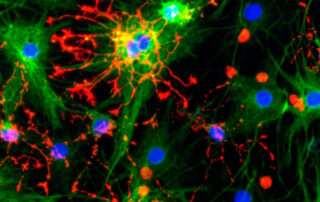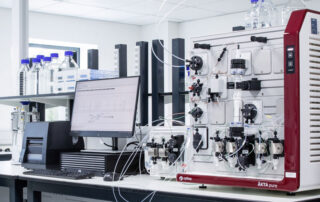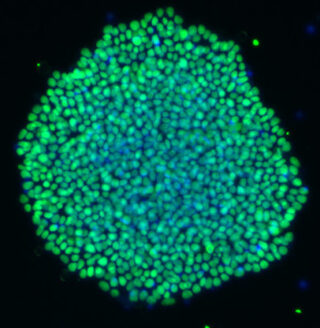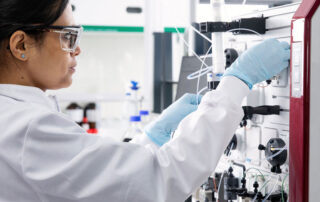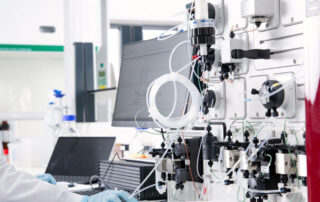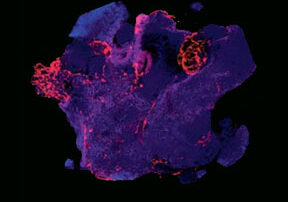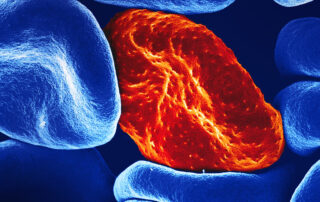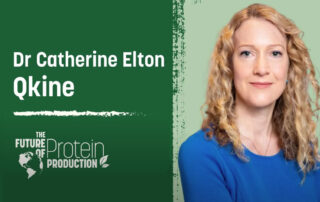ISSCR 2024 reflections on “Standards for Human Stem Cell Use in Research” and growth factors for cell therapy manufacture
Reflections on the dynamic ISSCR 2024 workshop on Standards for Human Stem Cell Use in Research including recommendations for growth factor supply chains for raw (ancillary materials) for cell therapy and ATMP manufacture.
